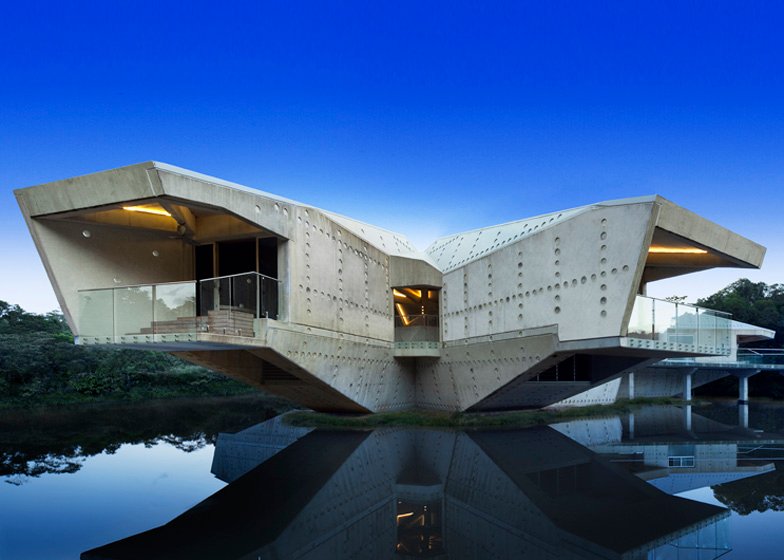
A cyclone is a storm accompanied by high speed whistling and howling winds. It brings torrential rains. A cyclone storm develops over Tropical Ocean and blows at speed as high as 200–240 km/hour. It is usually accompanied by lightning, thunder and continuous downpour of rain. Cyclones extend from 150 km to 1200 km in lateral directions with forced winds spiralling around a central low pressure area.
The central region of light winds and low pressure, known as the ‘eye’ of cyclone has an average diameter of 20 to 30 km. This central eye is surrounded by a ring of very strong winds extending up to 40 to 50 km beyond centre. This region is called ‘wall cloud’. In this region strongest winds and torrential rains occur. Beyond this region winds spiralling extend outwards to large distances, which goes on reducing with the distance from the centre of the cyclone. The following care should be taken in designing buildings in cyclone prone areas:
1. Foundations should be deeper
2. R.C.C. framed structures are to be preferred over load bearing structures
3. Sloping roofs should be avoided.
4. Cantilever projections should be avoided.
5. Roof and parapet wall should be properly anchored to the columns and walls.
6. Height of the buildings should be restricted.
7. Suitable wind load should be considered in the building design.
8. Openings in the wall should be less.
9. Structure should not rest on loose soil.


